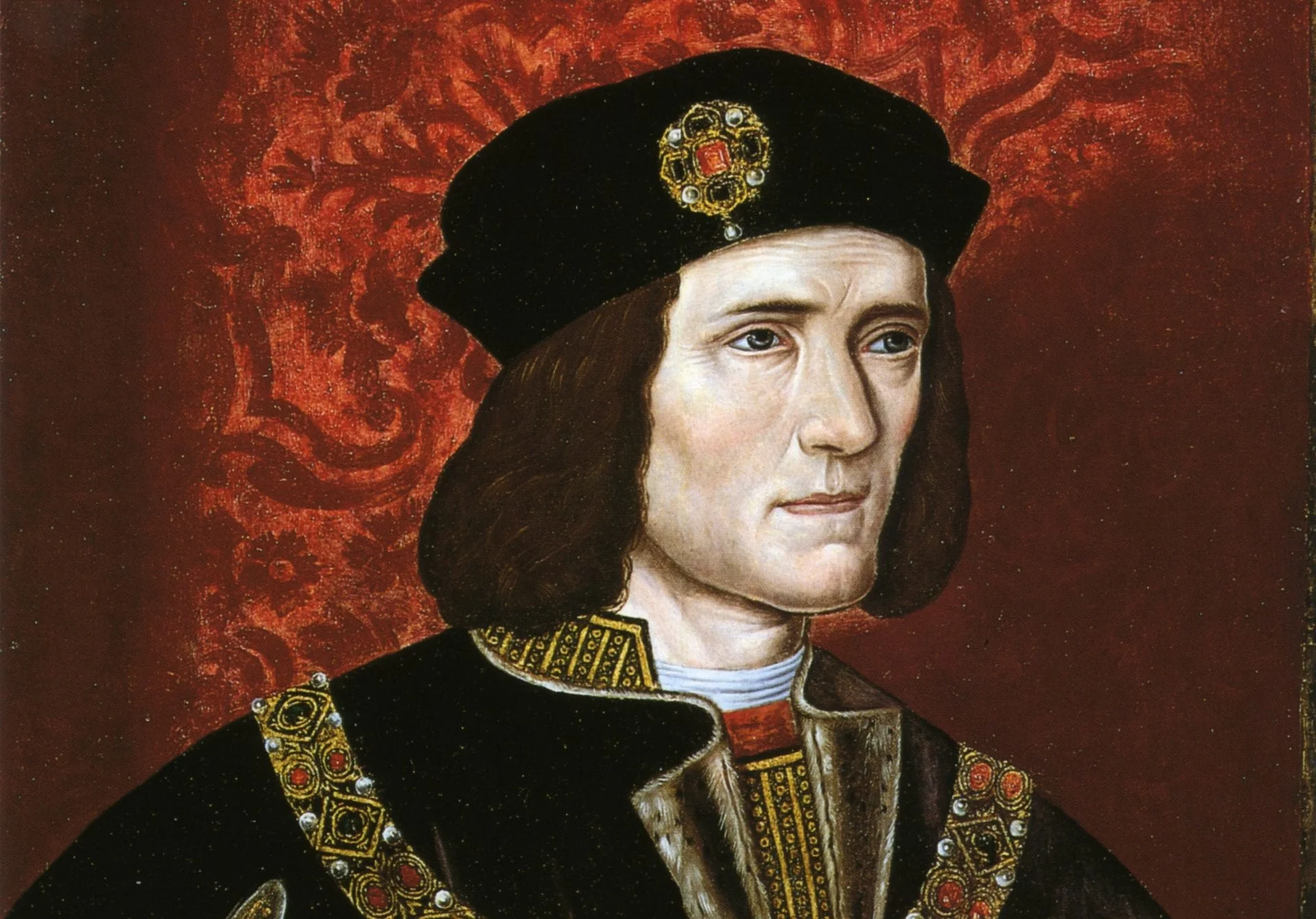The “Princes in the Tower” is an expression frequently used to refer to the young King Edward V of England, and Richard of Shrewsbury, Duke of York, who were placed in the Tower of London by the regent, the Duke of Gloucester (Richard III).
This was supposedly in preparation for Edward V’s forthcoming coronation. However, before the young king could be crowned, he and his brother were declared illegitimate and disappeared from public view under dubious circumstances in AD 1483.
It has become one of the biggest unsolved mysterious of the late Middle Ages, stoked by Shakespeare’s play – Richard III, that portrays Richard as a criminal and tyrant, with subsequent monarch’s keen to paint Richard III as a child killing monster.
Those that defend Richard, rely on the lack of hard evidence connecting the King with the disappearance of the princes, but in a new paper published in the Journal of the Historical Association, the author Professor Thornton argues that there is now clear evidence to substantiate the allegations against the men identified as the boys’ murderers, and to connect them to Richard III.
The paper, titled: “More on a Murder: The Deaths of the ‘Princes in the Tower’, and Historiographical Implications for the Regimes of Henry VII and Henry VIII” – relies on the accounts of Sir Thomas More, who previous historians have questioned simply as ‘Tudor propaganda’.
But Professor Thornton believes that More came to the right conclusion due to some inside knowledge. Two of the famed politician and philosopher’s fellow courtiers were the sons of Miles Forest, one of the men More named as having killed the princes.
“This has been the greatest murder mystery in British history, because we couldn’t really rely on More as an account of what happened – until now,” says Professor Thornton.
“But I have shown that the sons of the chief alleged murderer were at court in Henry VIII’s England, and that they were living and working alongside Sir Thomas More. He wasn’t writing about imaginary people. We now have substantial grounds for believing that the detail of More’s account of a murder is credible.”
The mystery surrounding the princes has resonated for centuries, being revived in the 1670s when the bones of two boys were rediscovered in the Tower of London, and again in the 1930s when the remains, which had been reburied in Westminster Abbey, were scientifically re-examined.
Image Credit : Public Domain





